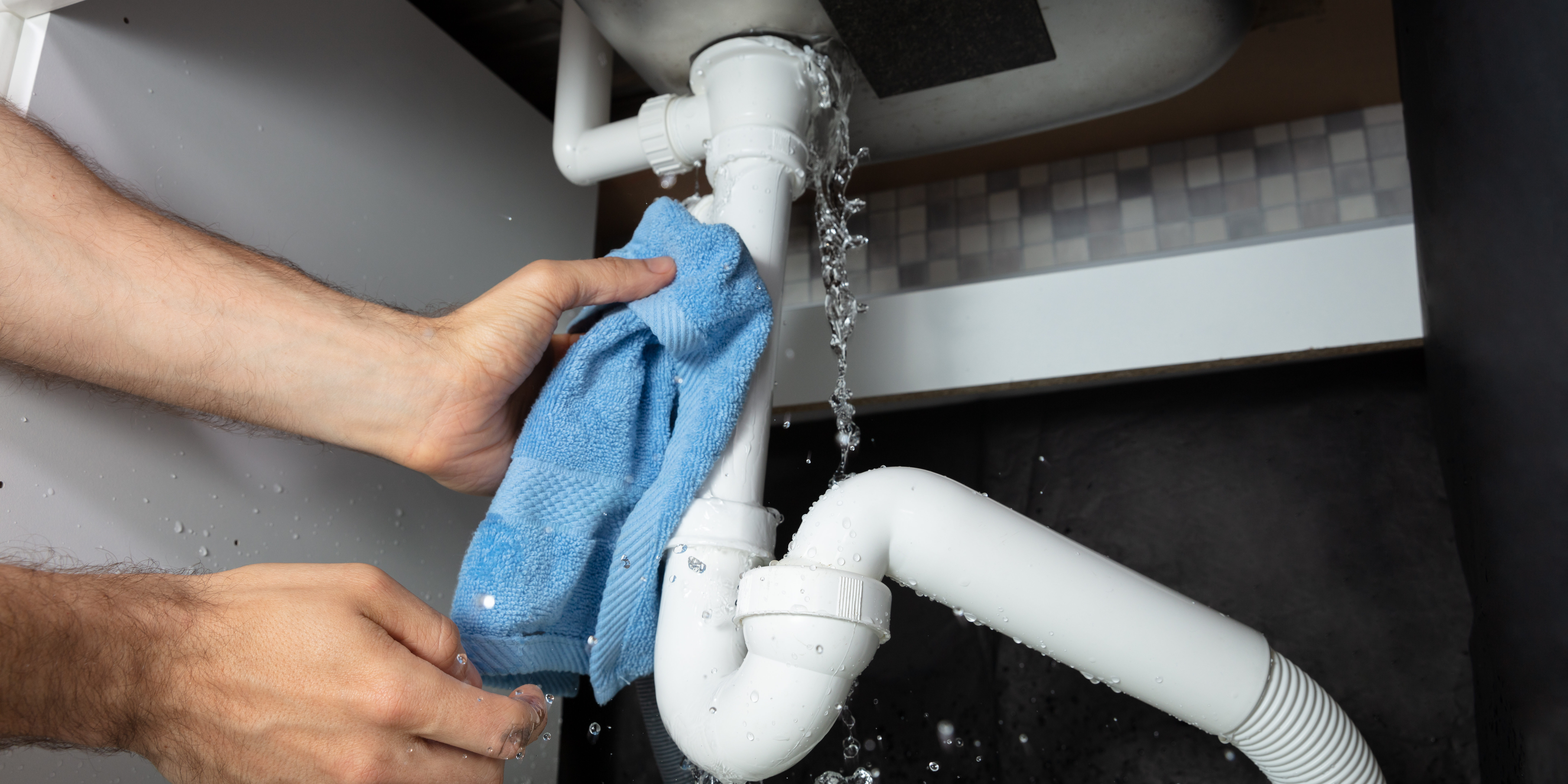
Is it Time to Repipe Your Home? 8 Signs You Should Know
Published: October 7, 2021 / Last Updated: April 30, 2025
Whether you’ve been considering a home renovation project or are simply tired of constantly blowing your savings on plumbing repairs, it might be time to consider repiping your entire home.
Repiping your home isn’t a small project; in fact, the project might seem overwhelming and intimidating, but it’s necessary. Below, we’ll go over eight signs to look for when considering if it’s time to repipe your home, as well as what is precisely involved in repiping your home.
- Constant Clogs
When deciding when to repipe your home, first consider how your pipes are performing.
Older homes with pipes over 50 years old are more prone to clogs and can even have difficulty handling toilet paper. If your pipes have been experiencing clogs or blockages, this could signify that a complete repiping is needed.
- Leaking Pipes
While leaky pipes can happen for several reasons, this is an issue that suggests a more significant problem is at hand. For instance, there might be leaks within your home’s foundation, ceiling, and walls.
Leaks require immediate action and can be a sign that a repiping specialist is needed.
- Noisy Pipes
Before exploring all that is involved in repiping your home, it’s vital to address every reason your pipes might need replacing. At first, you might think that noisy pipes are just an ordinary occurrence. However, rattling or gurgling pipes indicate that plumbing system issues are at hand.
- Decreased Water Pressure
Next, observe your home’s water pressure when considering if it’s time to repipe your home.
If you notice low water pressure when you turn on your home’s sinks or showers, your pipes might be experiencing corrosion or a buildup of sediment and other debris. When debris and corrosion block the water flow throughout your home, leaks and burst pipes can occur.
- Smelly Water
Foul-smelling or tasting water is an issue worth addressing. Not only does this mean that your pipes could be affecting your drinking water and water supply, but it also indicates that your home requires repiping.
- Rust-Colored Water
Red, yellow, or brown water indicates that rust and sediment are collecting in your pipes. This can spell bad news for your piping system.
- Pipe Corrosion
Common signs of pipe corrosion include:
- Peeling
- Stains
- Rust
- Discoloration
Pipe corrosion can result in leaks down the line, so it’s vital to replace your pipes as soon as possible.
- Water Temperature Issues
Another factor to consider when deciding whether or not to repipe your home is water temperature. Do you crank your water to the hottest setting but still only get cold water? This could be another sign that your pipes should be replaced.
What is Involved in Repiping a Home?
So, what exactly goes into repiping a home, and how long does it take? Before diving into what is generally involved in repiping a home, let’s review primary motives for repiping:
On average, it takes about two days to repipe your home. The project’s overall cost will depend on your home’s size, your plumbing system, and the type of pipe you choose to have installed.
Which Type of Piping Should You Choose?
There are three common types of pipes:
- Copper Pipes: These pipes tend to be the most expensive to install, but the price frequently fluctuates.
- CPVC Pipes: This material is considered the preferred piping for renovations.
- PEX Pipes: This material, also known as cross-linked polyethylene, is the newest type of piping and costs less than CPVC.
How Do You Repipe Your Home?
Plumbing professionals possess the special tools and expertise required to repipe your home successfully. While there are several reasons to seek pipe replacement, it’s essential to address and fix the issue before it gets worse.
For plumbing services in Washington, DC, reach out to Magnolia today. Our water pipe installation contractors specialize in pipe replacement, maintenance, and more to keep you and your family comfortable.
Share This Article:
Request An Estimate
Contact us for a free estimate. It's just one form or phone call away!
Join Our Newsletter
Submit your email to receive promotions.
